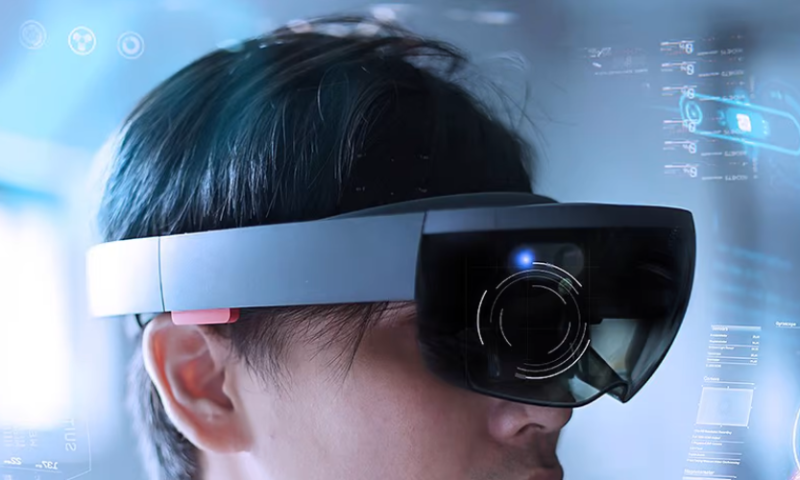Steve Thompson has worked in life sciences for over two decades in information technology and quality assurance roles. A certified systems auditor, who has audited hundreds of companies globally, Thompson is also a published author and is frequently invited to speak at industry conferences. He is a former PRCSA Board Director, a member of the Editorial Advisory Board for ISPE, an Elite Faculty Member for KENX, and an adjunct lecturer in the QA/RA graduate program at Temple University’s School of Pharmacy in Philadelphia. As Director of Industry Solutions at ValGenesis, Thompson helps life sciences organizations realize the potential benefits of advanced technologies, along with the inherent risks.
Q: What is Hands-Free Validation?
A: Hands-free validation is the ability to perform validation tasks with no- or low- touch. In some instances, 100% paperless hands-free validation is possible and, in fact, recommended.
Paper is a host that can carry and transmit a virus, among other things. How do you clean paper if it’s contaminated? It can be done, but it’s expensive and time-consuming. COVID-19 has amplified the need for a paperless hands-free validation solution like ValGenesis.
Q: How is Hands-Free Validation Even Possible?
A: Advances in natural language processing (NLP), a combination of linguistics, computer science, and artificial intelligence associated with a human-machine interface, allow users to issue voice commands to control devices, record data, take pictures and videos, and record sound. When coupled with augmented reality (AR) technology, users are immersed in a virtual world where they can work untethered.
Q: How Does This Apply to Validation?
A: Validation tasks that can be performed using a computer, tablet or smartphone can now be performed using an AR headset connected to the internet. Since the device operates with voice commands using NLP, no keyboard is needed. Headsets can even read barcodes, eliminating the need for a hand-held barcode reader.
Q: Is it Compliant with 21 CFR Part 11 and Annex 11? Does it Adhere to ALCOA+?
A: The headset and the corresponding software can be validated to prove it performs as intended. Headsets are secured using voice recognition, username, password, and other forms of authentication. Objective evidence can be captured live, contemporaneously, including results (ASCII characters and numbers), audio (.wav), video (.mp4, .mpeg, etc.), and pictures (.jpg, .png, etc.). Data is recorded to a validated cloud that is fault-tolerant, redundant, enduring, and available. All other requirements, including data integrity, can also be met and validated.
Q: What Area(s) of Validation Will Benefit Most from AR Technology?
A: AR is most promising in a GMP production environment, specifically for equipment validation, for several reasons. First, hands-free allows production floor operators to perform tasks without holding a clipboard, tablet, laptop, or the like. Second, equipment may already have barcoding which the headset can automatically read through its camera. Third, operators can share their real-time view with remote collaborators to troubleshoot problems. Finally, the ability to record video and take pictures as objective evidence is an ideal application of the AR headset in GMP areas for equipment or even instrument validation initiatives.
Q: What Are Some Cost and Time Savings of Hands-Free Validation?
A: Travel and training costs are reduced because fewer on-site visits are required thanks to remote, “you-see-what-I-see” collaboration. Time is saved by leveraging barcode technology. Barcode technology also improves accuracy and reduces human error, which leads to reduced production downtime.
Q: What Are the Barriers to AR Technology Adoption in Life Sciences?
A: Using an AR headset and dictating voice commands will take some getting used to. Artificial intelligence (AI) advances in NLP have made AR technologies viable. The AI technology does an amazing job deciphering words regardless of a person’s accent. It can also support multiple languages. The voice commands, however, will need to be learned. And the use of acronyms in life sciences can create a challenge with NLP. For example, if you say “GMP” on a device that isn’t properly trained, it may be interpreted as “Gee, I’m pea” or something similar. So, there is a learning curve.
Q: How Will AR Technology Impact Remote Inspections?
A: The inspector can tour the facility via a live video stream, viewing everything the individual wearing the headset is viewing. If there are questions about a piece of equipment or software, its validation status can be accessed immediately with simple voice commands.
Q: Is Hands-Free Validation a Fad? Is it Safe?
A: This may be considered new technology for the life sciences industry, but it’s been around for 20 years. The United States Airforce has been using augmented reality since the 1990s. If it’s safe enough for a fighter jet, it’s probably something we can validate in life sciences.

